Discover if your storage is bottlenecking your PC with these simple, accurate speed tests that reveal your drive’s true performance.
Live Speed Test Simulator
See what different speeds look like in real-time
Ever wondered why your PC takes forever to boot, or why games stutter during loading screens? Your hard drive speed might be the culprit. Testing your storage speed isn’t just for tech enthusiasts anymore. It’s a crucial diagnostic step that can reveal if your drive is holding back your entire system from those sweet FPS improvements.
Why Hard Drive Speed Matters More Than You Think
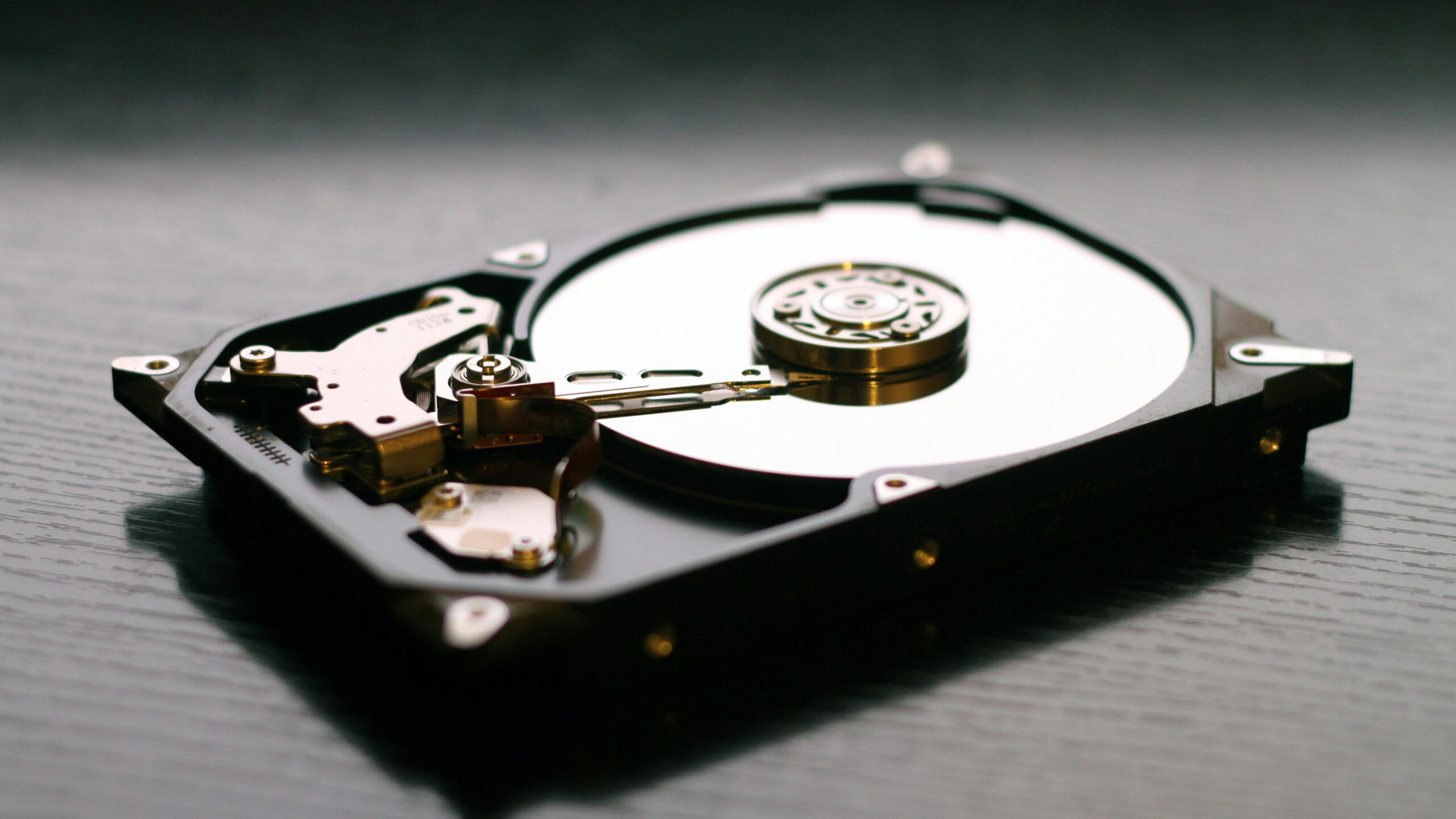
Your hard drive is like the highway system of your PC. Every piece of data, from Windows itself to your favorite games, travels along this highway. When that highway is slow, everything suffers, including FPS.
A sluggish drive affects boot times, application launches, file transfers, and even in-game performance when assets need to load on the fly.
Storage Speed Comparison
Click each drive type to see typical speeds and real-world impact
The Science Behind Storage Speed
Before diving into testing, it’s helpful to understand what we’re actually measuring. Storage speed isn’t just one number. It’s a combination of different metrics that affect your experience in different ways:
- Sequential Read/Write: How fast your drive can read or write large, continuous files. This affects things like copying movies or loading large game levels.
- Random Read/Write: How quickly your drive handles small, scattered files. This is crucial for Windows performance, as the OS constantly accesses tiny files all over the drive.
- Access Time: The delay before data transfer begins. SSDs excel here with near-instant response, while HDDs need time to physically move their read heads.
- IOPS (Input/Output Operations Per Second): How many separate read/write operations the drive can handle. Higher is better for multitasking.
Choose Your Testing Tool
CrystalDiskMark
The gold standard for storage benchmarking. Free, reliable, and gives you all the metrics that matter in an easy-to-understand format.
Quick Setup:
- Download from crystalmark.info (it’s free)
- Install and run as administrator
- Select your drive from the dropdown
- Click “All” to run comprehensive test
- Wait 2-5 minutes for results
Windows Built-in Tool (WinSAT)
No downloads needed! Windows has a hidden speed test tool that’s perfect for quick checks. It’s already on your PC.
How to use:
Open Command Prompt as Administrator and run:
Replace ‘c’ with your drive letter if testing a different drive.
AS SSD Benchmark
Specifically designed for SSDs, this tool provides detailed insights into your solid-state drive’s performance characteristics.
ATTO Disk Benchmark
Industry standard for manufacturers. Tests with various file sizes to show how your drive performs across different workloads.
Step-by-Step Testing Guide
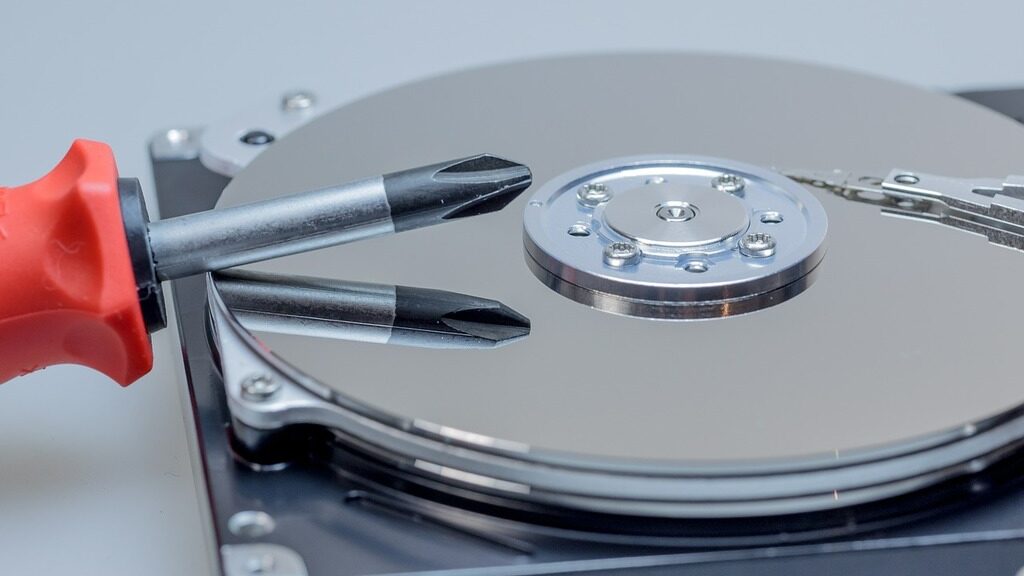
Let’s walk through the most popular method using CrystalDiskMark, which gives you comprehensive results without getting too technical.
Prepare Your System
Before testing, close all unnecessary programs. Background apps can interfere with results. Disable any antivirus scanning temporarily, and make sure Windows isn’t running updates or defragmentation.
Download and Install CrystalDiskMark
Head to the official site (crystalmark.info) and download the standard edition. It’s completely free and doesn’t install any bloatware. The installer is straightforward – just click through with default settings.
Configure Your Test
When CrystalDiskMark opens, you’ll see several options at the top:
- Test Count: Leave at 5 for accuracy
- Test Size: 1GiB is fine for most drives
- Drive Selection: Choose the drive you want to test
Run the Test
Click the “All” button to run a comprehensive test. This will test sequential and random speeds with different queue depths. The test takes 2-5 minutes depending on your drive speed.
You’ll see four rows of results:
- SEQ1M Q8T1: Sequential performance (large files)
- SEQ1M Q1T1: Sequential with single queue
- RND4K Q32T16: Random performance (multitasking)
- RND4K Q1T1: Random single queue (most important for daily use)
Alternative: Quick Windows Test
For a quick check without downloading anything, use Windows’ built-in tool:
This gives you basic sequential read/write speeds. Not as detailed as CrystalDiskMark, but perfect for a quick health check.
Utilizing Your Results
Numbers are great, but what do they actually mean for your daily use? Here’s how to interpret your speed test results and know if your drive is performing well.
Time to Upgrade
You’re likely using an older HDD. Expect slow boot times (1-2 minutes), sluggish app launches, and frequent freezing. Gaming will suffer with texture pop-in and long loading screens.
Decent Performance
Either a good HDD or SATA SSD. Boot times around 20-30 seconds. Apps launch reasonably fast. Gaming is smooth with occasional loading pauses. Good enough for most users.
Lightning Fast
NVMe SSD territory. Boot in 10-15 seconds. Apps launch instantly. Games load so fast you can’t read the tips. If you’re seeing 2000+ MB/s, you’ve got a modern NVMe drive running at full speed.
What Really Matters for Different Uses:
🎮 Gaming
Sequential reads matter most. Look for 500+ MB/s to eliminate loading screen bottlenecks. Random reads affect texture streaming.
💼 Productivity
Random 4K speeds are king. Even 50 MB/s random reads make Windows feel snappy. This is why SSDs feel so much faster than HDDs.
🎬 Content Creation
Both matter equally. You need fast sequential for large video files and good random performance for timeline scrubbing.
Common Issues and Solutions
- Speeds much lower than advertised: Check if your drive is connected to the right port. NVMe drives need an M.2 slot with PCIe support. SATA SSDs need SATA III (6Gb/s) ports.
- Inconsistent results: Background processes might be interfering. Boot into Safe Mode for the most accurate testing.
- SSD performing like HDD: Your drive might be full. SSDs slow down dramatically when over 75% full. Time to clean up or upgrade capacity.
- Good speeds but still feels slow: Check your RAM usage. Even the fastest SSD can’t compensate for insufficient memory causing constant page file access.
Optimize Your Entire System, Not Just Storage
Found out your drive is fast but Windows still feels sluggish? Hone optimizes your entire system for peak gaming performance.
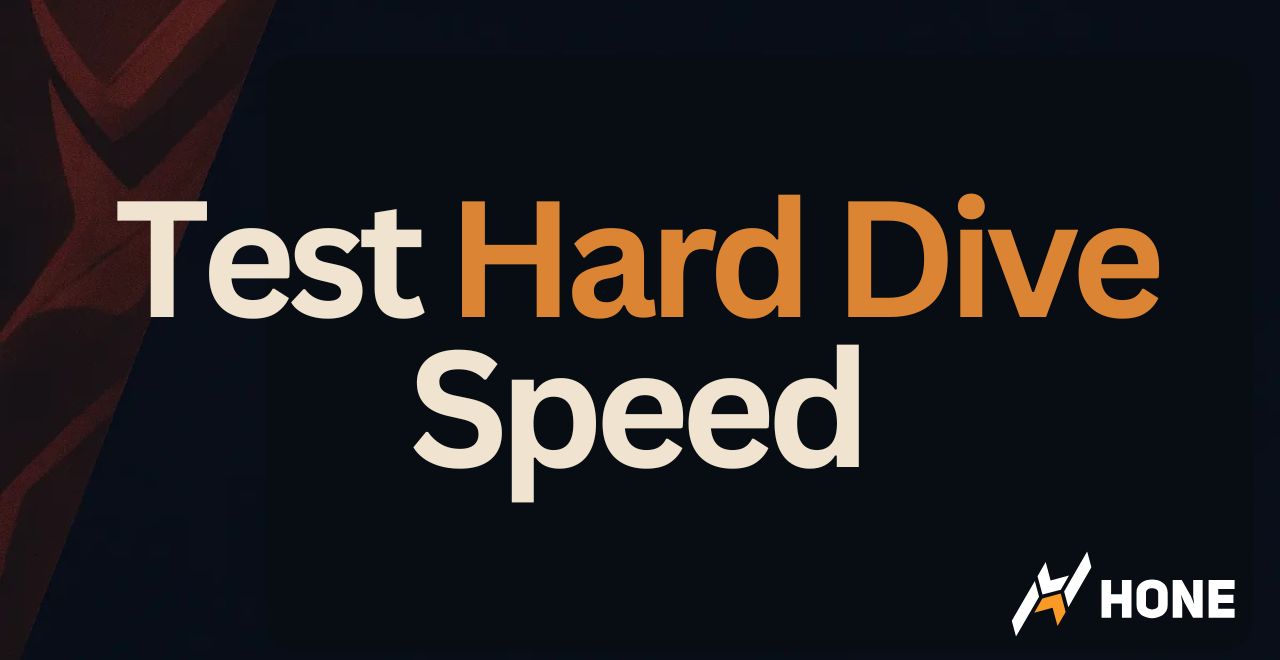

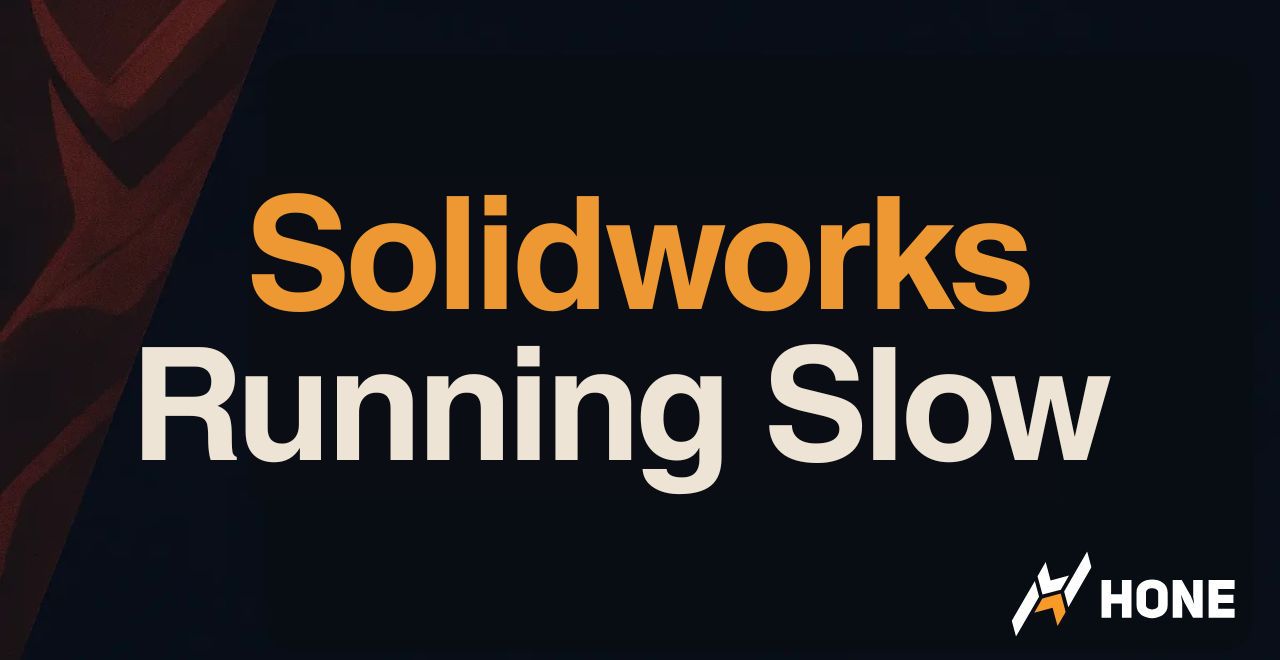

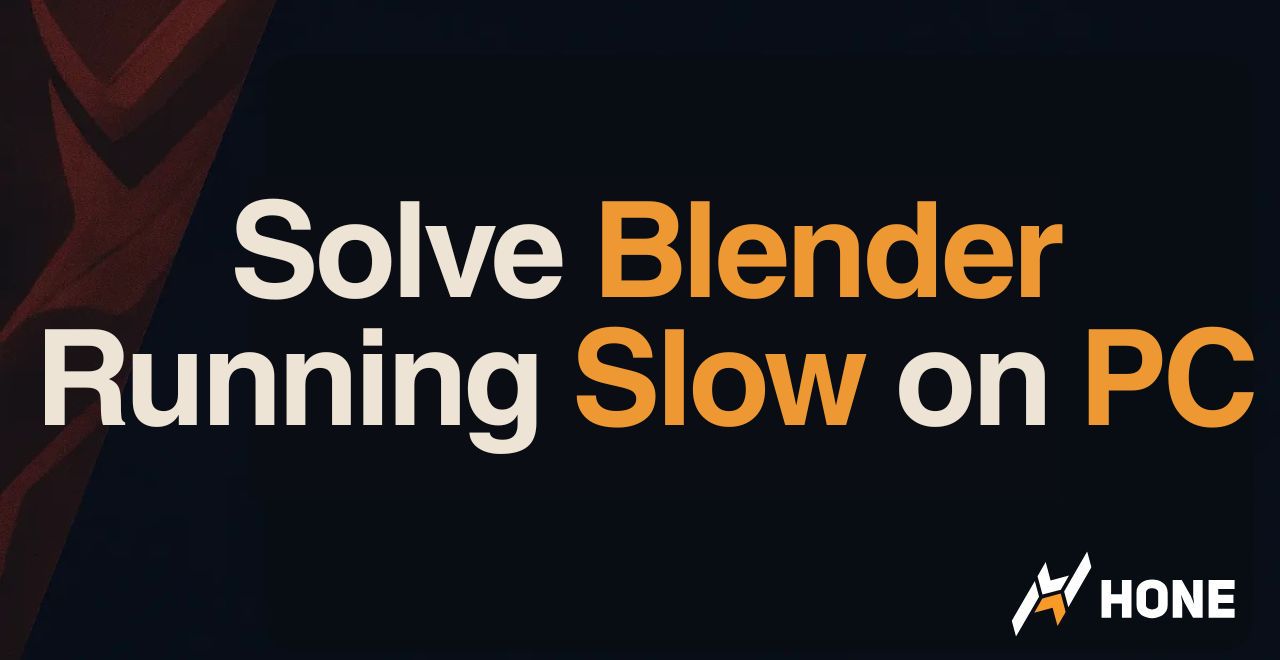

 Discord
Discord
 Instagram
Instagram
 Youtube
Youtube
 TikTok
TikTok